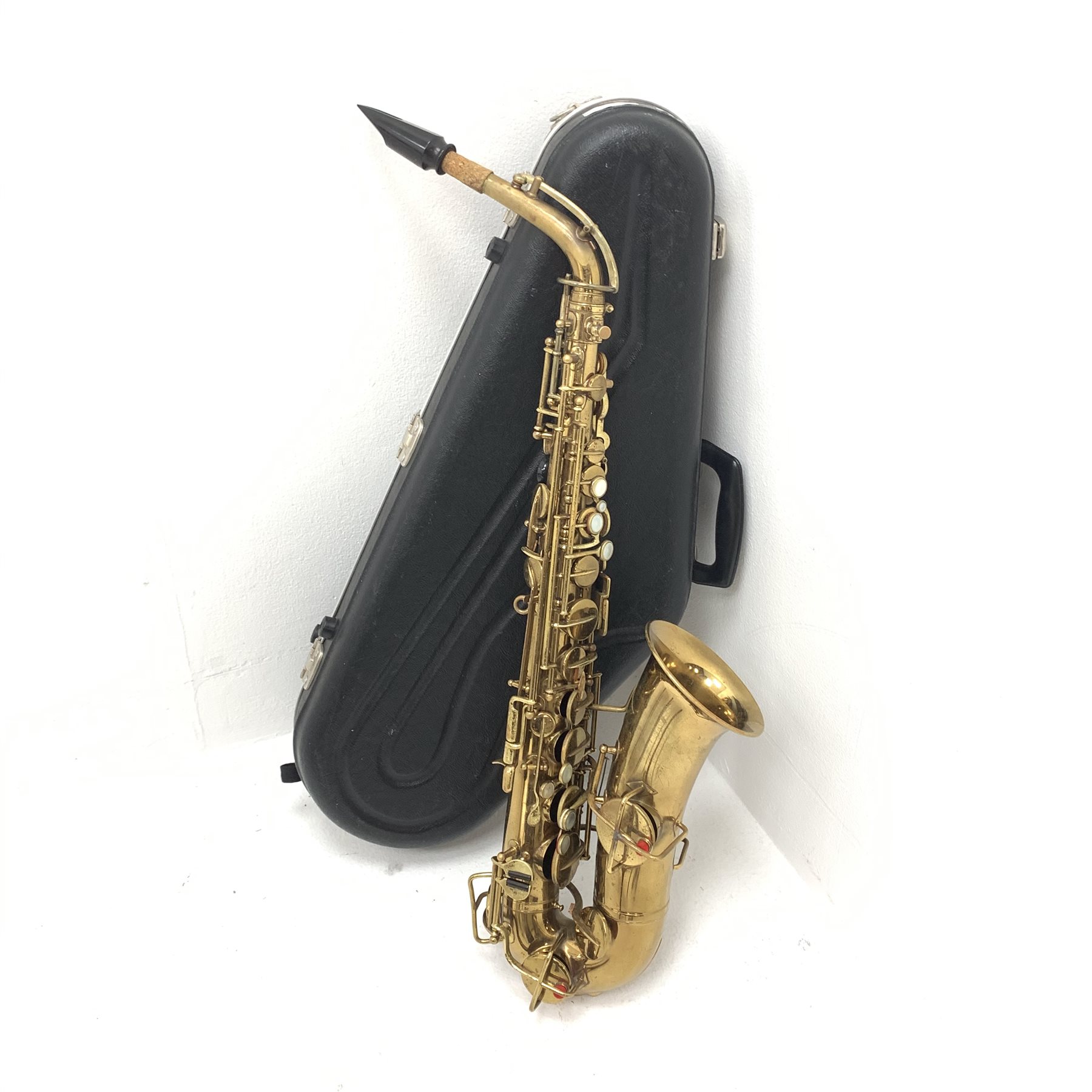
Rico Graftonite or Metalite on a Conn straight-necked C-melody, modified by cutting off one centimeter of the mouthpiece shank, so it is not obstructed by the microtuner) with their C melody saxophone, though depending on which mouthpiece type is chosen (e.g. Some players successfully use a tenor saxophone mouthpiece (e.g. C melody mouthpieces often give a C melody saxophone a slightly muffled sound, which may or may not be what the player desires. This made it particularly useful for its originally intended environment of playing in drawing rooms.

The C melody has a muted sound when compared to other saxophone types, particularly if an original vintage mouthpiece is used. Mouthpiecesĭedicated mouthpieces were produced for the C melody saxophone, though these may be hard to find in the 21st century. They were sometimes also used in churches to accompany hymns. Many novelty tunes, most influenced by 1920s dance music, were written specifically for the instrument. Another selling point was that the C melody produces a more muted tone than the E ♭ alto or B ♭ tenor, which was useful when playing at home. This enabled amateur musicians to play along with a friend or family member by reading from the same sheet of music-so long as the music fell within the pitch range of the C melody saxophone itself, that is, was not too high or low. for flute, oboe, violin, piano, or voice) without having to transpose or read music parts that have been transposed into B ♭ or E ♭, which most other saxophones would require. As a result, the player could read regular printed music (e.g. C melody saxophones are usually marked with a letter "C" above or below the serial number.Ī major selling point for the C melody saxophone was the fact that in contrast to other saxophones, it was not a transposing instrument. Most C melody saxophones have curved necks (with a similar shape to that of the tenor saxophone) though C.G.Conn did make straight-necked C melody instruments.

When seen in profile, its shape bears some resemblance to a tenor saxophone, though it is smaller and the bell appears longer. The bore on most models has a diameter and taper more like a 'stretched' alto than a tenor. ContentsĪ C melody saxophone is larger than an alto and smaller than a tenor. However, in the early years of the 21st century, small-scale production of new C melody saxophones has commenced in China for a company called Aquilasax.

Since 1930, only saxophones in the key of B ♭ and E ♭ (originally intended by Sax for use in military bands and wind ensembles) have been produced on a large scale.
#ELKHART BY BUESCHER SAXOPHONE SERIAL NUMBERS SERIES#
The C melody was part of the series of saxophones pitched in C and F intended by the instrument's inventor, Adolphe Sax, for orchestral use. In the UK it is sometimes referred to as a "C tenor", and in France as a "tenor en ut". The C melody saxophone is a saxophone pitched in the key of C, one whole step above the B-flat tenor saxophone.


 0 kommentar(er)
0 kommentar(er)
